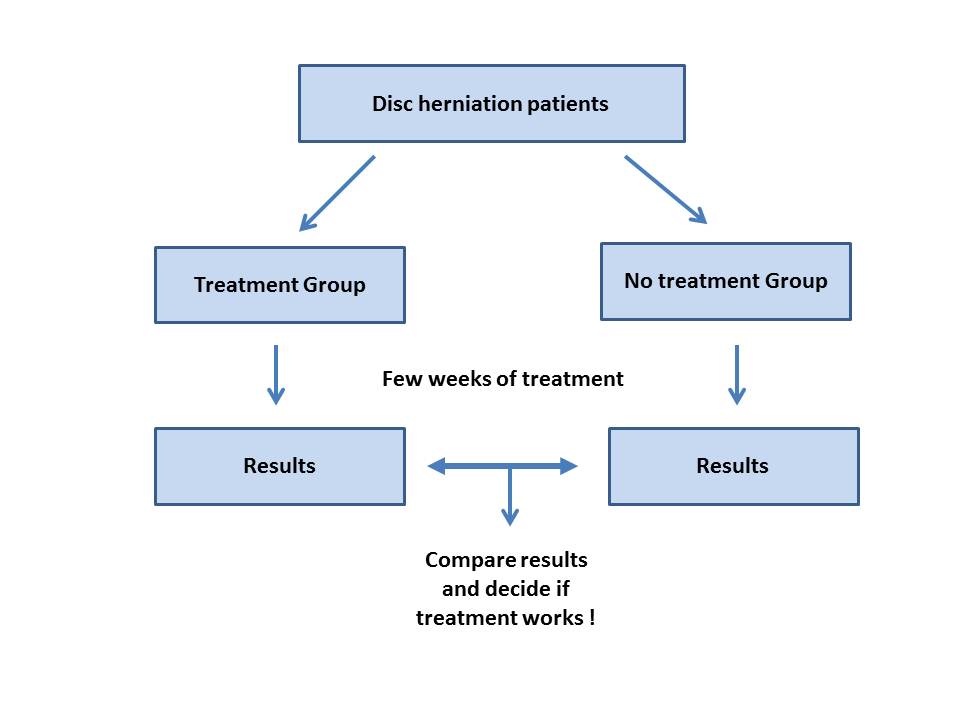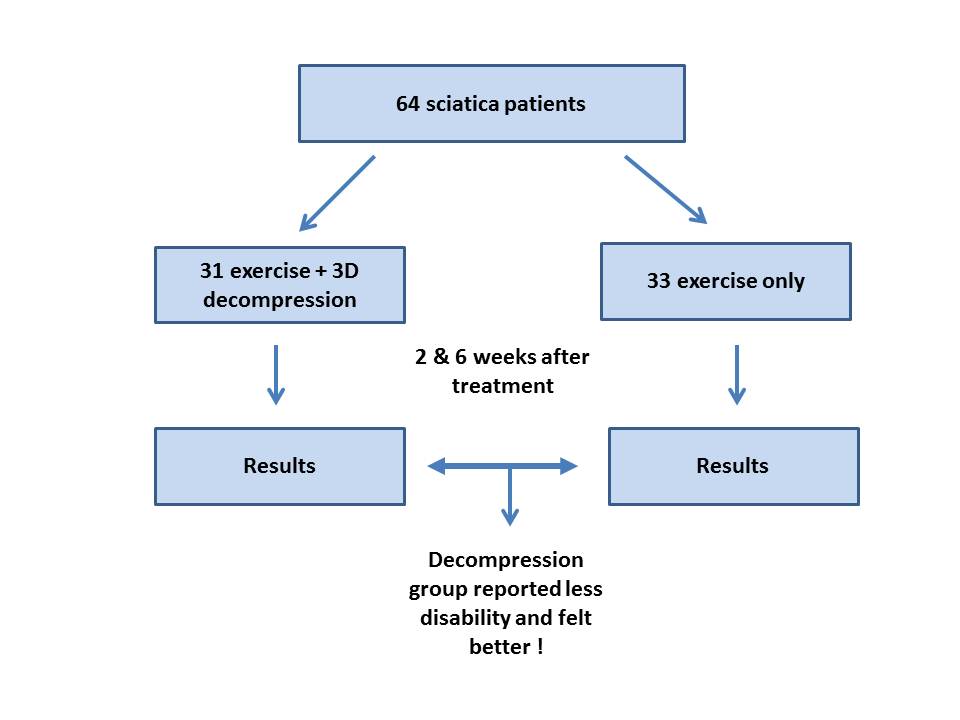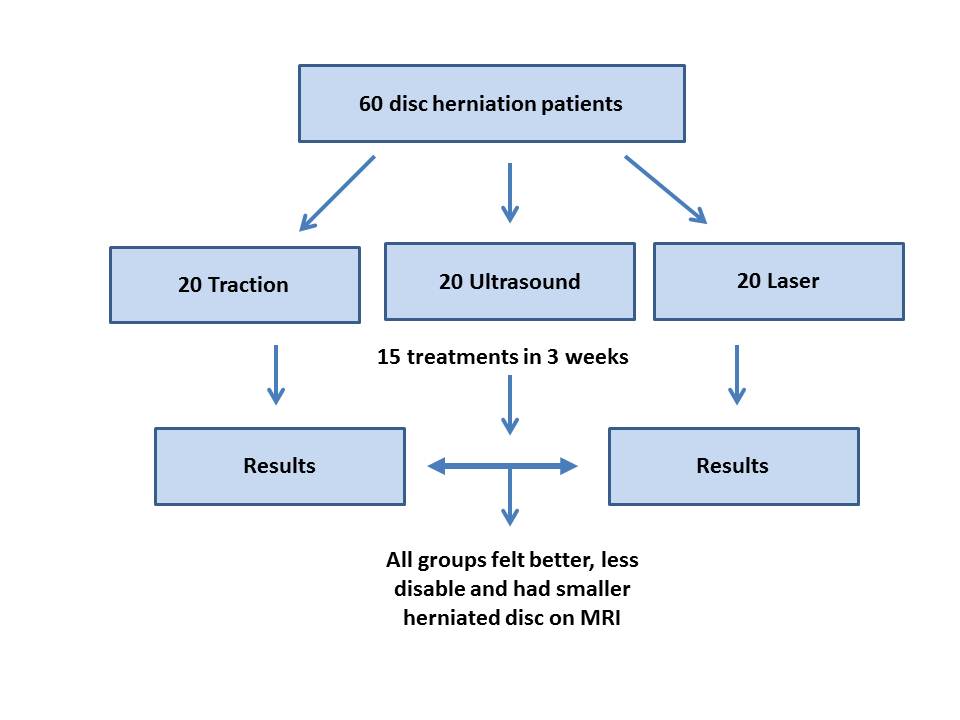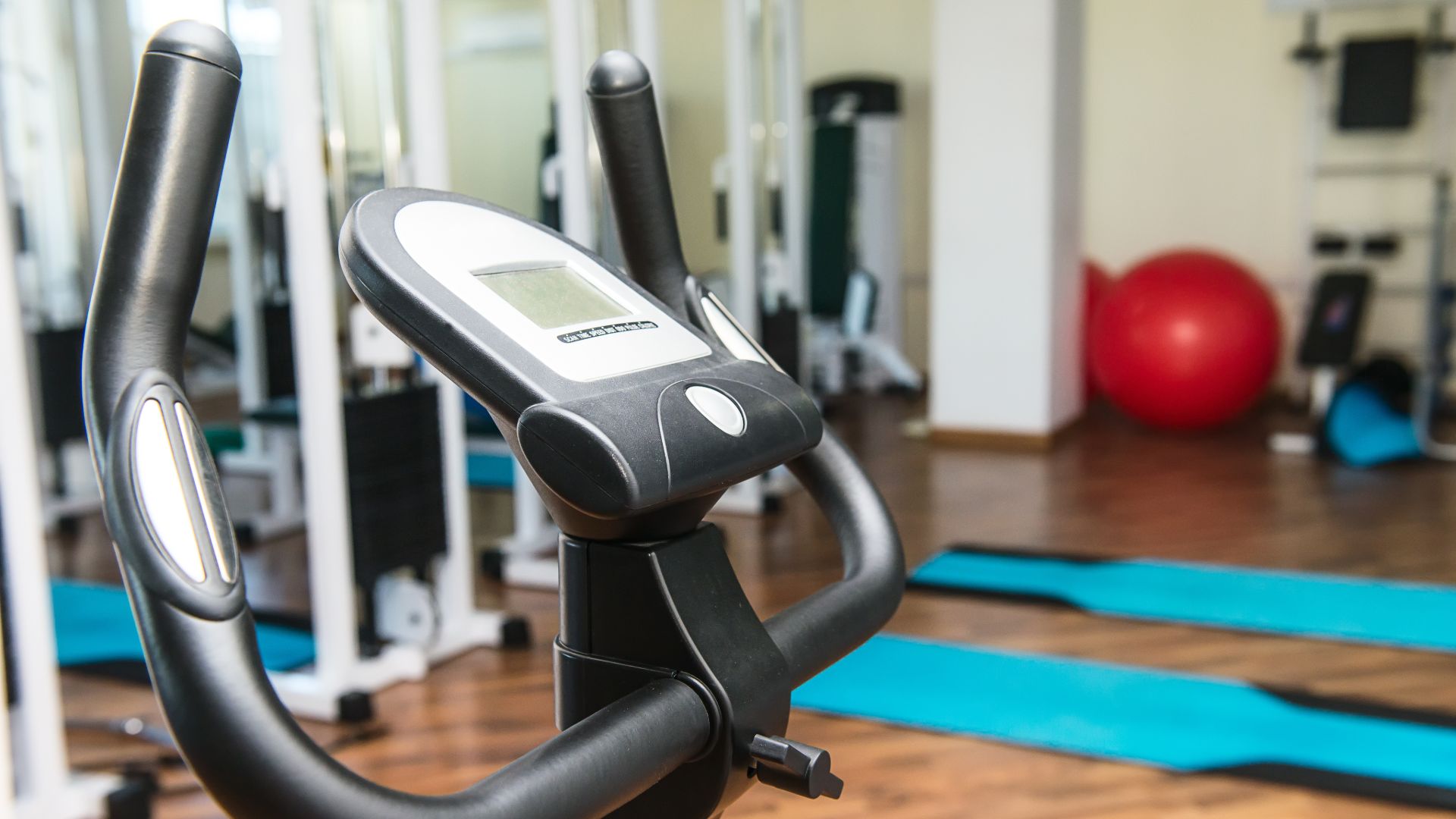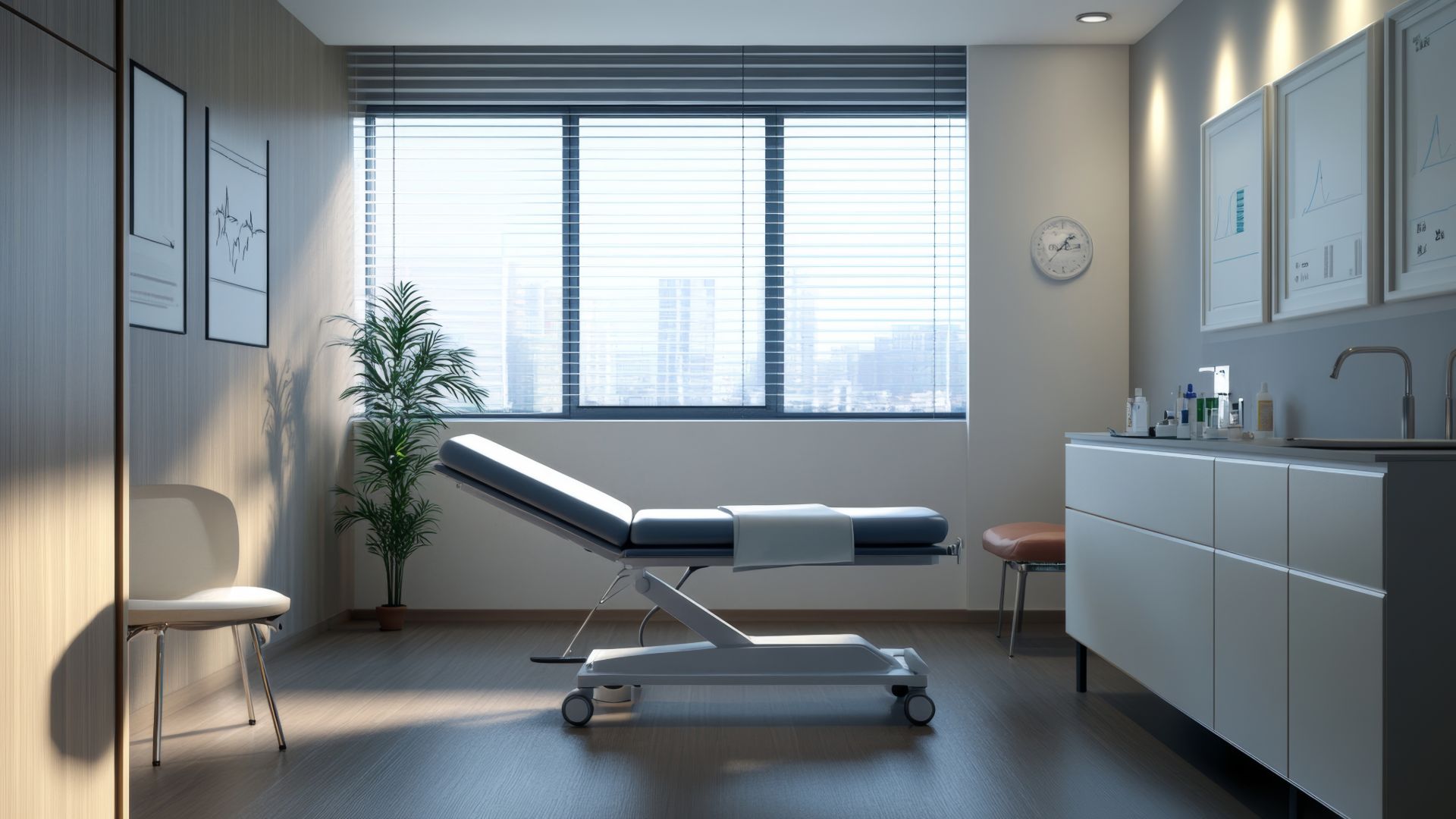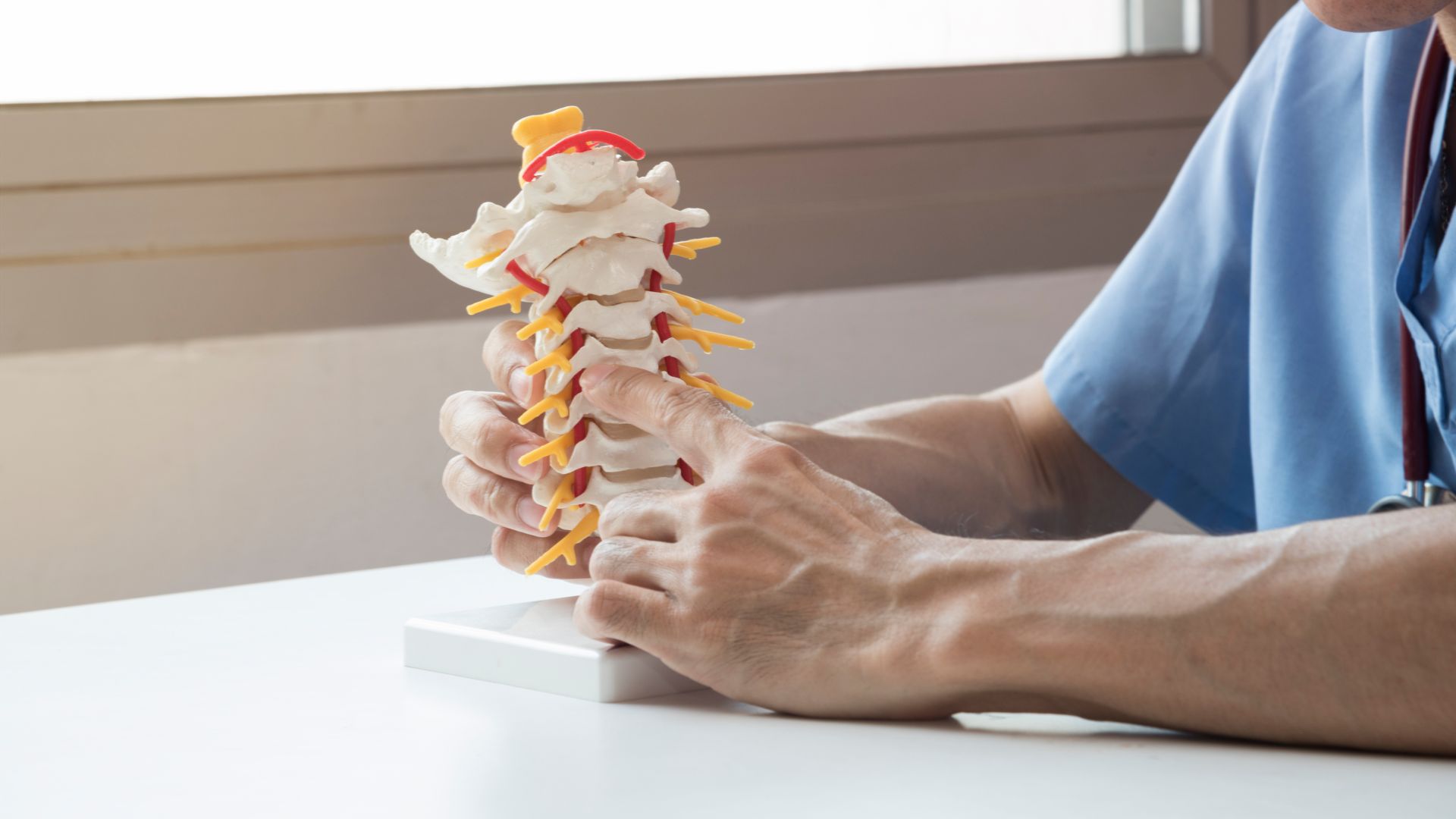Despite of what you may read on internet and chiropractic spinal decompression websites and clinics there are actually very few proper researches done on spinal decompression therapy. However this does not mean that this treatment does not work. The best research are known as RCT studies; Randomized Controlled Trial. In case of chiropractic spinal decompression / traction therapy research there would be two groups of patients. Both groups should have similar diagnosis of disc herniation or disc bulge and similar in every other aspect. One group will receive the treatment and the other will think they received the treatment. In this case group one will have spinal decompression therapy for example three times a week at decompression force of half of their weight, and second group will lay on the spinal decompression machine with the machine off thinking that they are receiving the treatment. The doctor applying the treatment should not know which patient is in what group and the patient should not know what group they are in. Usually the patients will fill out questionnaires before and after few weeks of treatment and record their pain level from 0 to 10. Statistical analysis are performed to show if the treatment group are significantly feel better compared to the group that received no decompression with everything else staying the same.
Now that we described what type of research studies we are looking for let us look at few studies.
Spine Journal 2007, by Fritz JM et al.
Is there a subgroup of patients with low back pain likely to benefit from mechanical traction? Results of a randomized clinical trial and subgrouping analysis.
In this study originally 64 patients with sciatica (pain shooting down the leg) were chosen. They were split in two groups. Group one included 33 patients that were given specific exercises. Group two included 31 patients that included the same exercises plus 3D traction/decompression much like the machine used at Simply Align Rehab clinics. At the end of the two weeks the 3D traction/decompression group felt better and reported less disability on a disability questionnaire. The traction/decompression was administered only for two weeks. Having done that even after six weeks 82% of decompression/traction group reported feeling better compared to exercises-only group.
This is a small study and short follow-up. There was not a big difference between the exercise group and decompression group after 6 weeks, but this is perhaps because decompression was only applied for two weeks. I see this at our clinic all the time. If we pick the patient with the appropriate diagnosis with apply spinal decompression therapy for appropriate amount of time with proper exercise and postural education we can and do achieve lasting results.
Journal of Manipulative and Physiological Therapeutics 2008, by Unlu Z et al.
Comparison of 3 physical therapy modalities for acute pain in lumbar disc herniation measured by clinical evaluation and magnetic resonance imaging.
In this study 60 patients with disc herniation using an MRI were chosen. Patients were divided in three groups of 20. Group one was treated with traction (not as specific at 3D decompression therapy used at our clinics). Group two was treated by ultrasound therapy. Group three was treated by cold laser therapy. Treatments were rendered for five times a week for 3 weeks total of 15 visits. After three weeks all groups felt better, reported less disability and showed smaller disc herniation on an MRI.
As you can see there was no control in this study. Meaning it is difficult to say if treatments worked when we did not have a fourth group that had no treatment. This would have shed some light on possibility of patients getting better without any treatment. But almost all of our patients have been in pain for a long time. So we can safely say that they are not getting better by their own. What also I like about this study is that it shows ultrasound and laser can also help as much as traction. For this reason our chiropractic spinal decompression therapy comprehensive treatments includes some or all the above treatments. Laser, Radio-frequency, shockwave physiotherapy and 3D spinal decompression therapy are all included in our package.
European Spine Journal 2009; by Raney NH et al.
Development of a clinical prediction rule to identify patients with neck pain likely to benefit from cervical traction and exercise
In this study there were 68 patients with neck pain and radiation down the arm that were treated with spinal decompression for 15 minutes up to 40 lbs of decompression maximum. They then performed postural and neck strengthening exercises. The results of this study showed that if patient have the following signs and symptoms:
- Pain going down the arm
- Had difficulty with lifting their arm up
- Older than 55 years
- Had pain when their arm was over-stretched
- Felt better when their neck was pulled lightly
then they had much higher improvement rate. In fact if the patients had 3/5 of the above criteria they showed over 78% improvement, and if they had 4/5 they had almost 95% improvement with decompression and exercises. At Simply Align Rehab we use the above criteria for neck spinal decompression therapy. This means that not everyone with neck pain needs this type of therapy. You must have at least 3 of the above 5 criteria. Our neck pain patients are always as this study suggests follow a neck strengthening and postural exercises.

